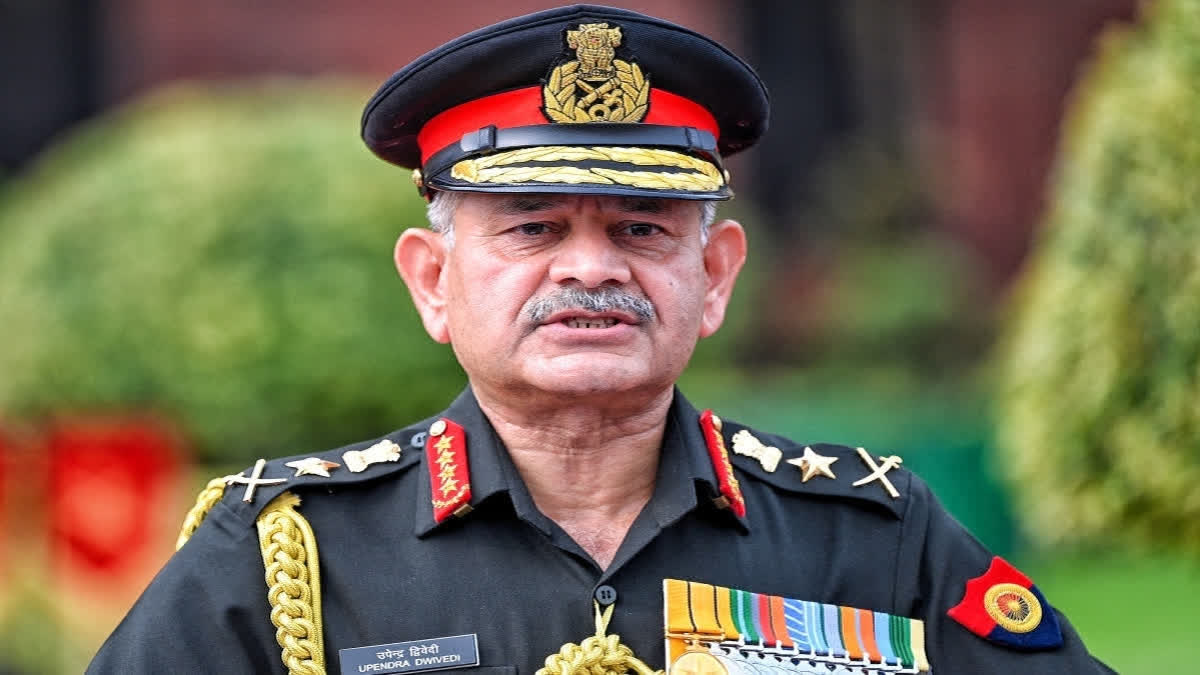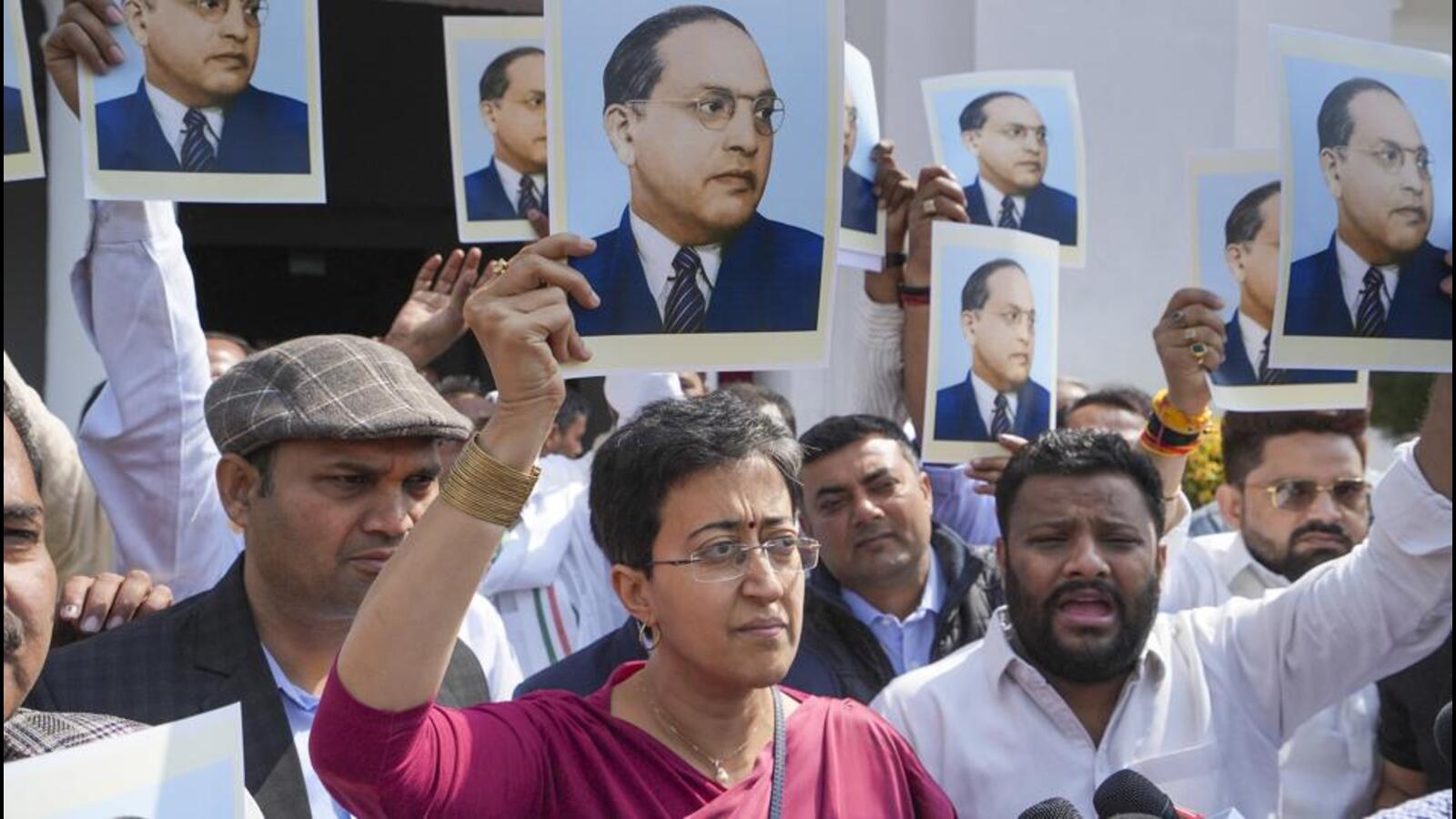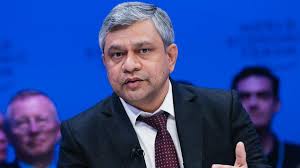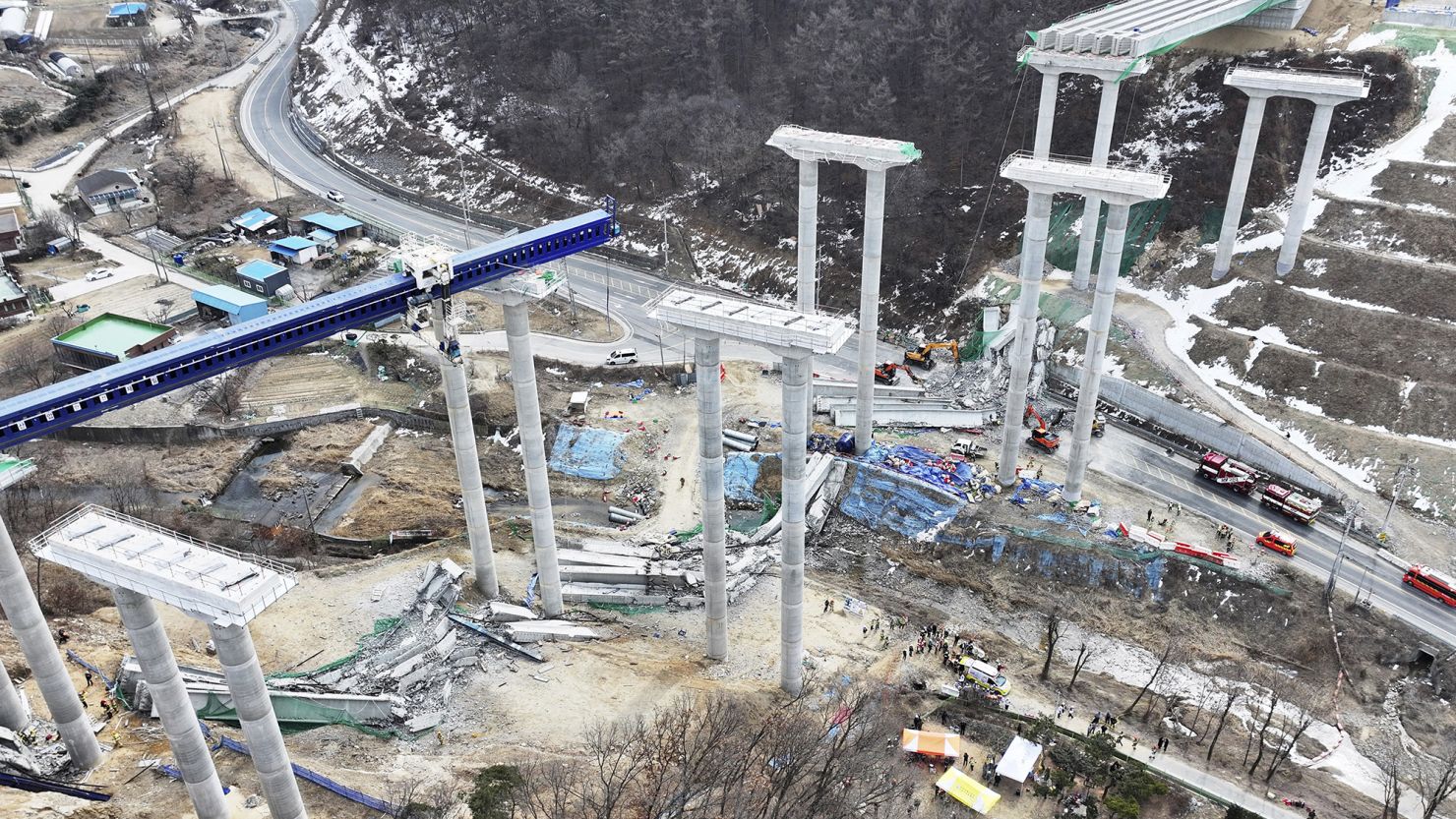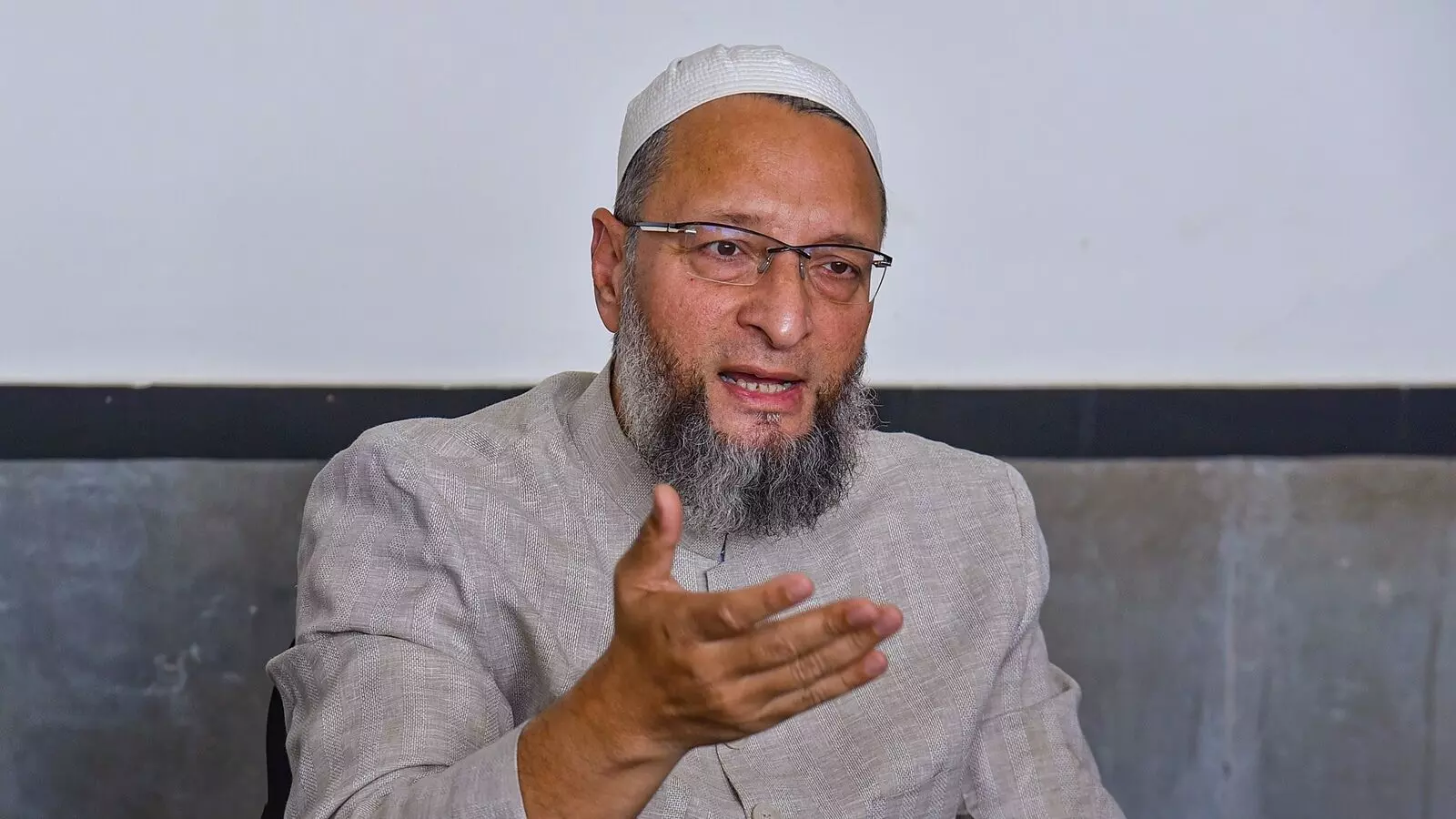Tungabhadra dam gate washed away; Srisailam and NSP officials on alert
Mon 12 Aug 2024, 00:54:39
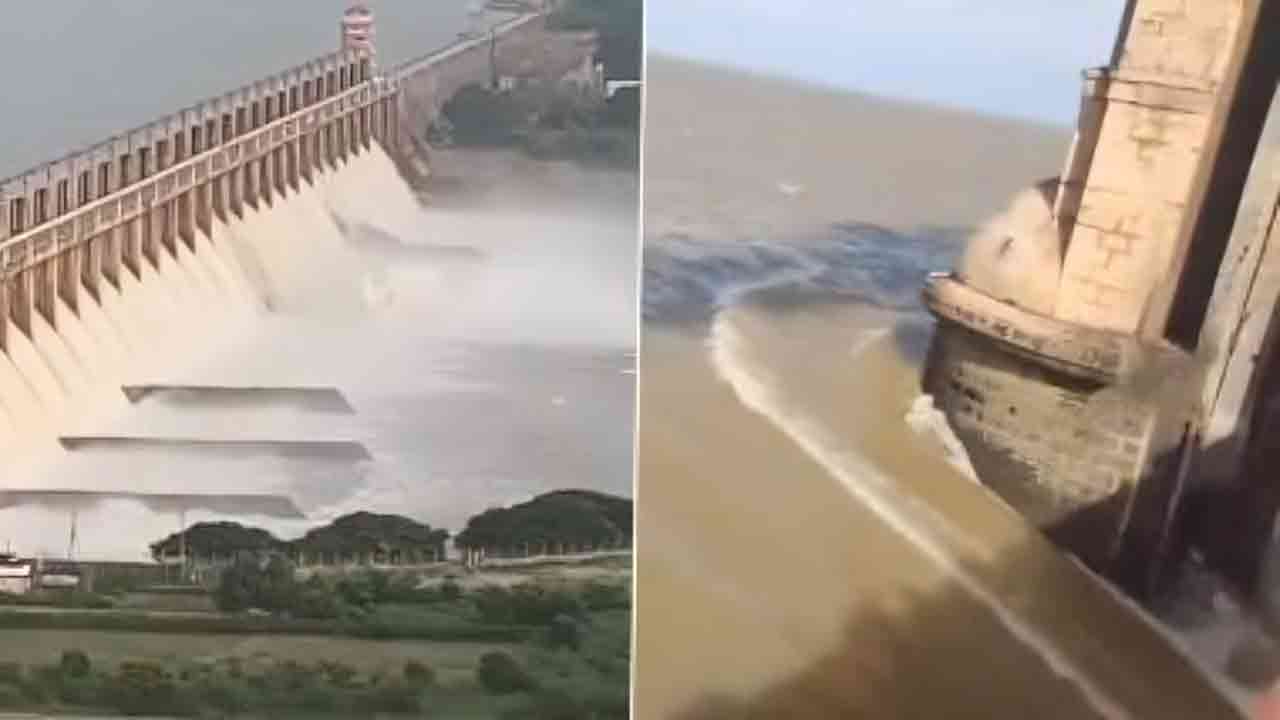
A flood alert has been sounded in the downstream pockets of Tungabhadra Dam as one of its 33 gates snapped and was washed away in the impact of heavy floods late on Saturday night.
A caution has been sounded by the disaster management authority to the people living along the banks of Krishna river in the States of Karnataka, Telangana and Andhra Pradesh in anticipation of a surge in flood levels.
The 19th gate of the dam, that had complaints of malfunctioning attended as part of the pre-monsoon exercise in May last, was washed away at a time when the dam was discharging a sudden spurt in flood flows. About one lakh cusecs of water was now being released from the dam which has 105 TMC of water as part of its present storage.
The project has a gross storage capacity of 105.79 TMC. About 60 TMC of water had to be let off for immediate replacement of the gate. The crest gate failure is the first major incident of its kind in its 70 years of history.
All the 33 gates of the Tungabhadra dam were lifted, letting off about one lakh cusecs of the flood flow. The discharge would be doubled in due course to empty the dam at least by half to facilitate replacement of the crest gate that was away.
The gate failure was attributed to snapping of its worn out chain link. People in the river bank towns and villages,
especially in Mantralayam, Kosiri and Kouthalam have been asked to exercise caution and stay away from the streams and canals in the command area of Tungabhadra dam.
especially in Mantralayam, Kosiri and Kouthalam have been asked to exercise caution and stay away from the streams and canals in the command area of Tungabhadra dam.
The inflow and outflow into the dam were in the range of some 3,1000 cusecs on Saturday night when the incident took place. By scaling up the discharges from the project to two lakh cusecs, the dam authorities will be able to empty the project by about 50 tmcs in the next three days.
The Tungabhadra Dam is an inter-state project managed by the Tungabhadra Board. It is a statutory body that oversees the operation and maintenance of the dam involving the States of Andhra Pradesh, Karnataka, and Telangana. The board consists of representatives from the central government as well. Official teams from Hyderabad and Amaravathi are heading to the project.
The Tungabhadra board’s responsibilities include regulating water supplies to the three States, maintaining the dam and reservoir, and managing power generation from the hydroelectric facilities.
The flood discharges from Tungabhadra will add to the inflows into Srisailam, Nagarjuna Sagar and Pulichintala projects as well.
The construction of the Tungabhadra dam began in 1949 and was completed in 1953. It was a joint project between the erstwhile Kingdom of Hyderabad and the Madras Presidency.
No Comments For This Post, Be first to write a Comment.
Most viewed from Hyderabad
Most viewed from World
AIMIM News
Delhi Assembly polls: Owaisi leads Padyatra in Okhla
Feb 01, 2025
We reject this Waqf Amendment Bill: Asaduddin Owaisi
Jan 30, 2025
Latest Urdu News
Most Viewed
May 26, 2020
Which team will win the ICC Men's Champions Trophy 2025 held in Pakistan/Dubai?
Latest Videos View All
Like Us
Home
About Us
Advertise With Us
All Polls
Epaper Archives
Privacy Policy
Contact Us
Download Etemaad App
© 2025 Etemaad Daily News, All Rights Reserved.

.jpg)
.jpg)
.jpg)
.jpg)
.jpg)
.jpg)
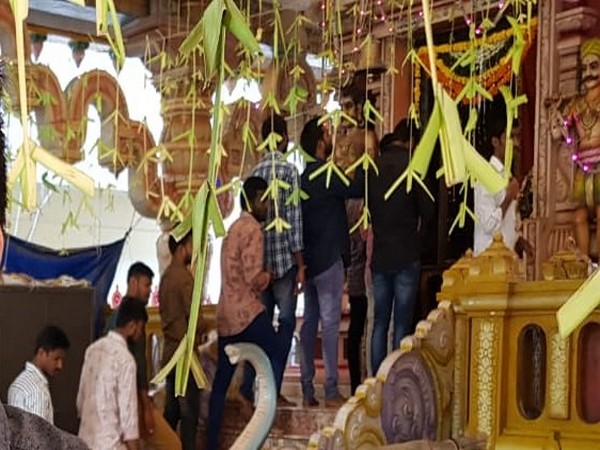

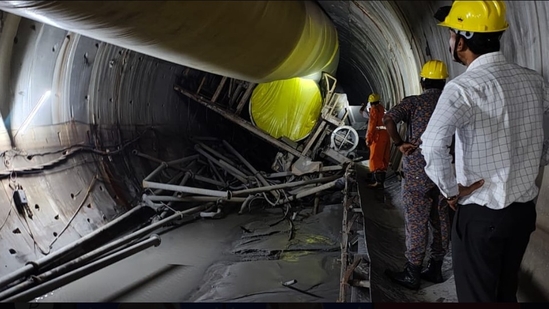
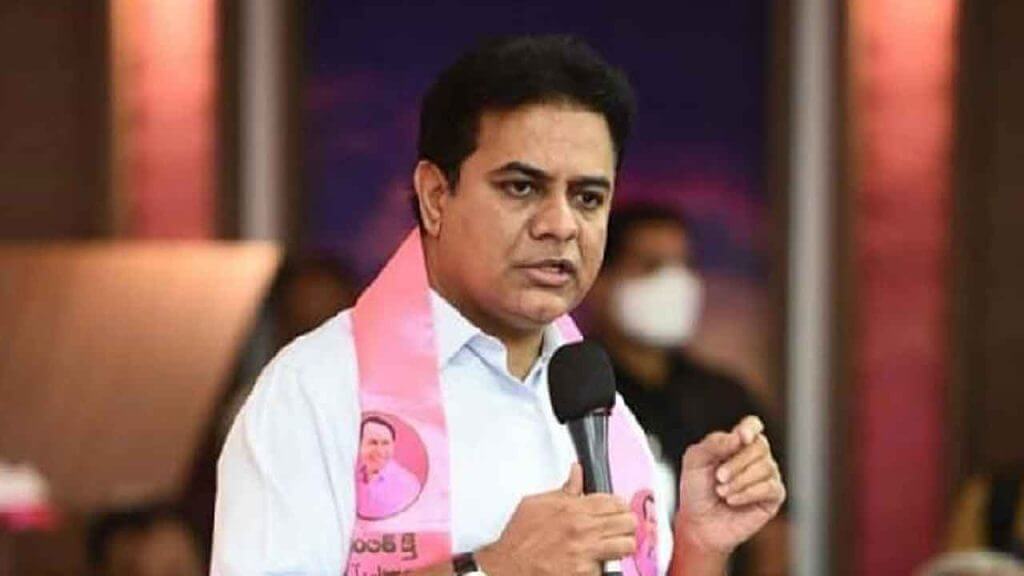
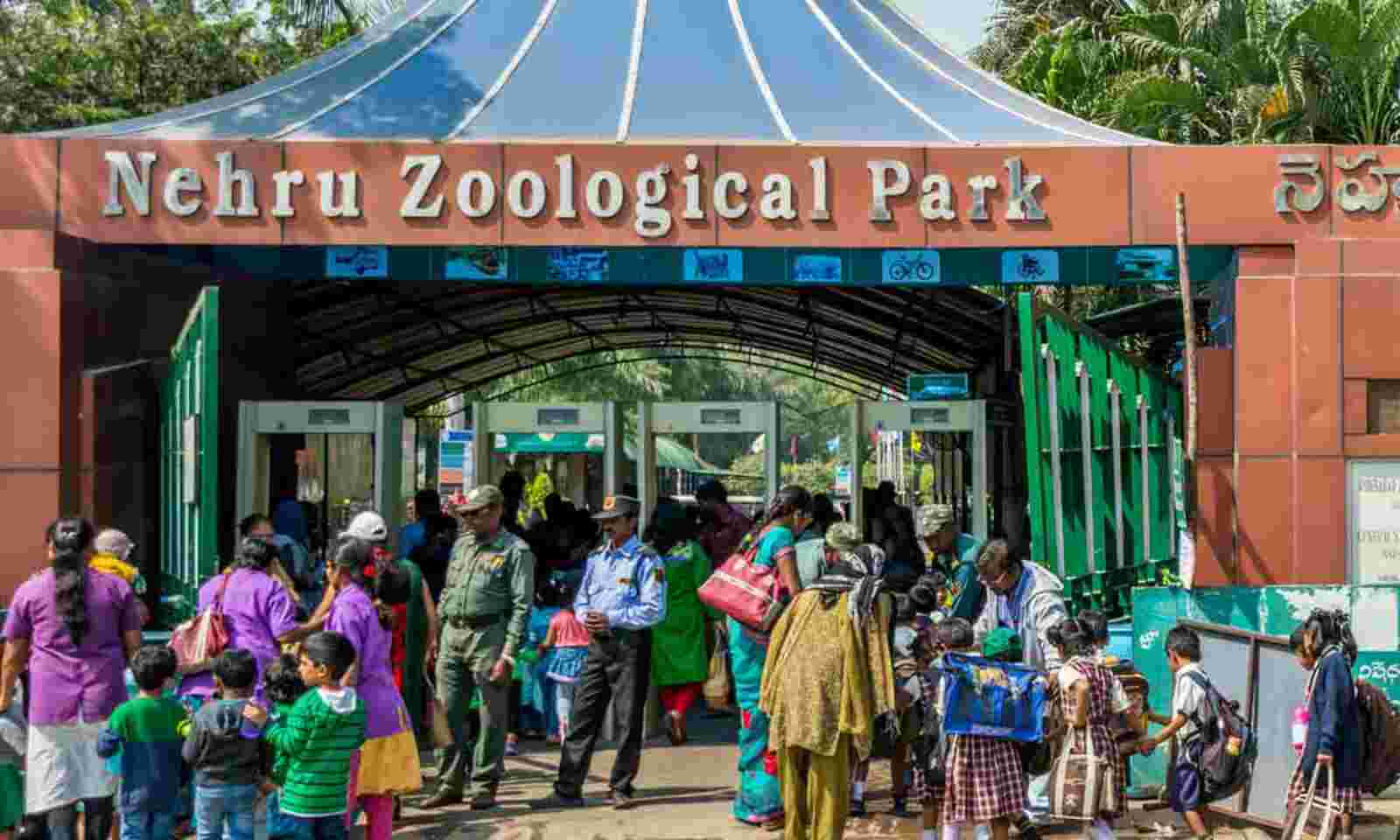
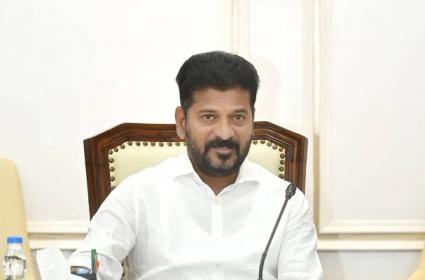
.jpg)
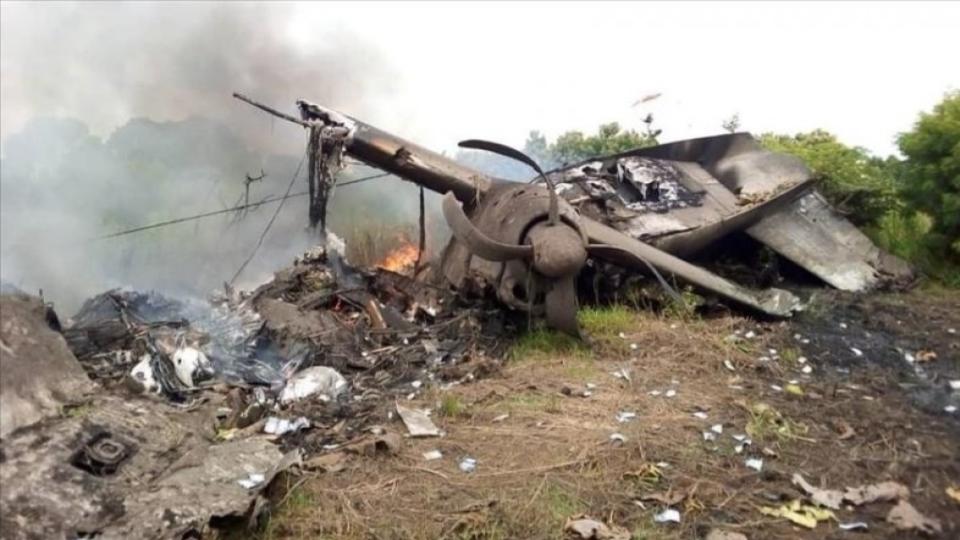
.jpg)
.jpg)

